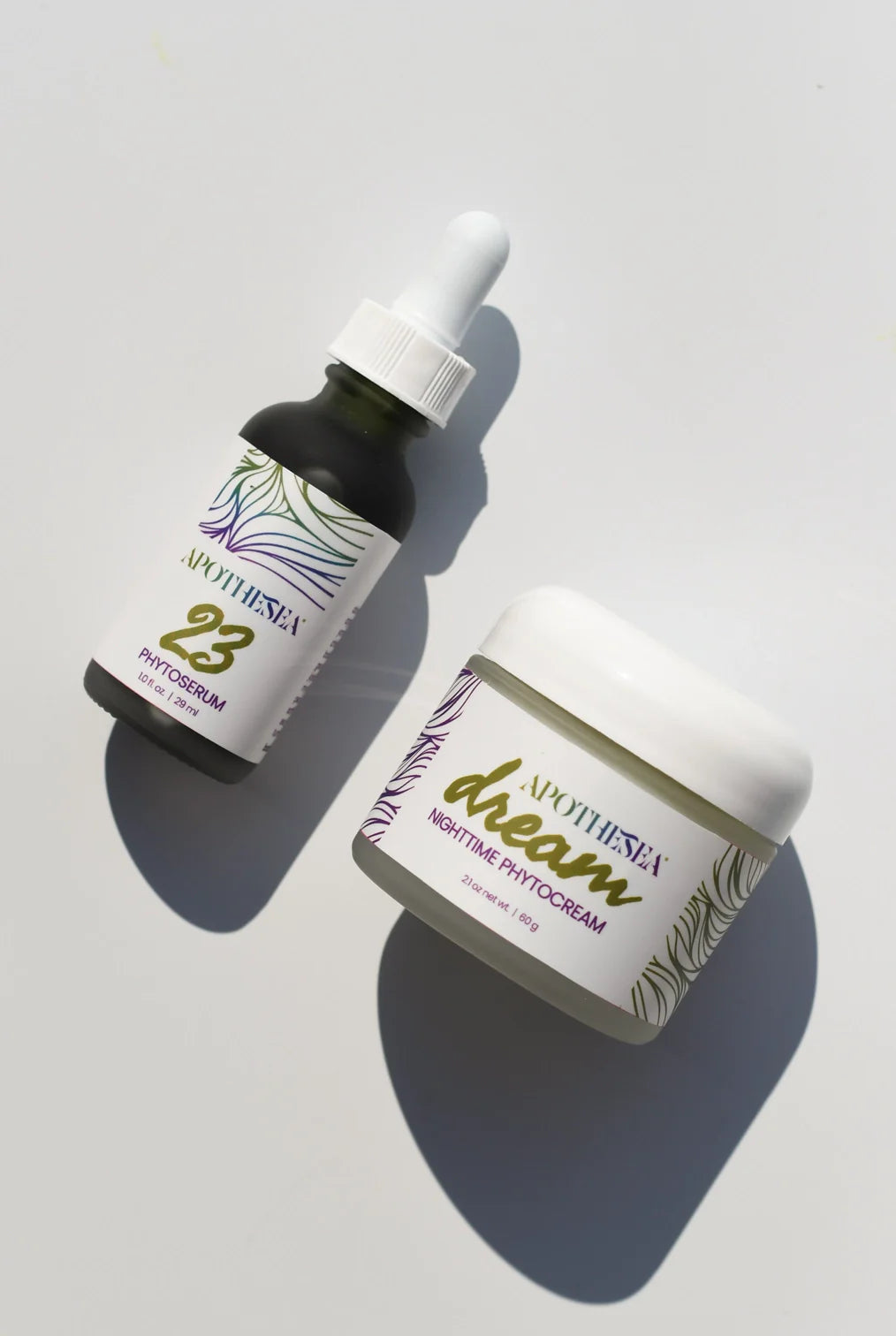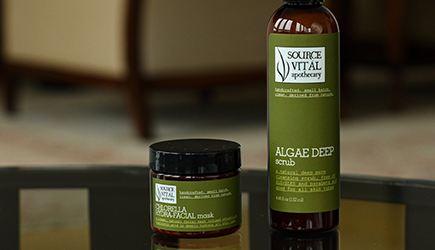How You Can Improve the Look of Cellulite on Your Body?

Understanding the Causes, Effects, and Solutions of Cellulite
For most women, cellulite is just a part of life. Between 80-90% of women experience cellulite at some point, and nearly all women have at least a little bit of cellulite somewhere, whether it be on your thighs, stomach, arms, or bum. While primarily a female disorder, men are beginning to experience cellulite as well.
While cellulite is completely normal and nothing to be ashamed of, you can still seek methods to prevent, reduce, or improve the appearance of cellulite. Before we discuss how you can reduce the appearance of cellulite and promote a smooth look for dimply skin, it’s important to know the factors that can cause or increase the appearance of cellulite on your body in the first place. Prevention is always easier than correction!
What is Cellulite?
We’ve established that cellulite is extremely common, but what exactly are those lumps on our skin, and are they dangerous?
Cellulite is a condition that affects the appearance of the skin in areas that have underlying fat deposits. These fat deposits are what gives the skin that lumpy, dimpled texture. Cellulite could be described as “tissue sludge” – when your skin’s metabolism decreases, cellular waste begins to build up, and manifests itself with the accumulation of cellulite.
Basically, cellulite is the infiltration of toxic wastes into the connective tissue (subcutaneous). The body identifies these toxins and isolates them by encapsulating them with fat cells. Toxins in all animals are stored in fat cells.
It’s most commonly noticed in areas that tend to hold fat, like the upper thighs, buttocks, arms, and stomach. Note, not all fat on the thighs is cellulitic.
Similar to stretch marks, cellulite does not pose any threat to your health. It’s simply a cosmetic condition, one that makes many feel insecure and may keep them from enjoying daily activities, especially during swimsuit season. Just remember, it’s super common and something that’s present in nearly everyone!
What Causes Cellulite?
A variety of factors can make you more susceptible to cellulite, some of which are in our control and others that aren’t.
Contributing factors to cellulite are:
- Genetics and Inherent poor circulation
- Diet – poor eating habits and poor elimination
- Lifestyle
- Hormones & Aging
- Injury to a specific area of the body
Genetics
The development of cellulite can be caused by certain genes. Your genetic makeup can determine how fast your metabolism responds, the way your body distributes fat, and your circulation – all of which can affect the skin and attribute to the formation of cellulite. Essentially, if your mother has cellulite, you’re more likely to develop it, too.
Diet
The role your diet plays in your overall health, including the health of your skin, cannot be overstated, especially since the Standard American Diet (SAD) is high in fats, salt, and sugar.
Much of this can be attributed to our dependence on highly processed, pre-packaged foods. These items contain additives, preservatives, flavor enhancers, and colorants, all of which are not digestible by your body, and when the body takes in an element it can’t identify or use, it shifts into protective mode. When you add a compromised lymph system into the equation (meaning your body isn’t efficiently flushing excess fluids and toxins from the body), then your body has no choice but to send the processed elements and toxins to the fat cells for storage.
Over time, the Standard American Diet can contribute to fat cells becoming so full they burst. The waste stored in the fat cells will spill out into the interstitial fluid (our internal river) that bathes our cells, organs, and tissues and keeps them supple and hydrated.
The presence of this material essentially pollutes our internal river and can impact the consistency of that interstitial fluid, changing it from a very fluid and watery texture to a milk-like substance, then on to buttermilk, and finally a cottage cheese consistency. Hence the common description of cellulite as “cottage cheese”. This thickening of the interstitial fluid eventually forms a gel-like layer over fat cells and leads to the formation of visible cellulite.
In addition, This rupture of fat cells results in the appearance of scar tissue in the form of thread-like adhesions. The adhesions hold the skin down much like the thread that holds a button in place on a cushion, causing the bumpy texture of cellulitic skin.
Let’s use a metaphor from nature...
Visualize a leaf floating on a river. The water is very clear and pure. If you look, you can see the bottom of the river—the rocks, fish swimming among the rocks. The water moves swiftly as the leaf is carried with the current. The leaf comes to a tributary and the current takes it off the main channel into the tributary. The current slows, the water is less clear, and it is more difficult to see the bottom. Debris is more prevalent. Then the leaf reaches a part of the river where there is no movement. The water is stagnant, murky. The color is more brown than blue, and the leaf gets caught in this section and movement stops.
It is the same in humans. The good news is the human body has the ability to fight toxicity. The key is to use products, supplements, exercise and self-care to enable it to function at its best.
Just because you’re thin doesn’t mean you can’t also develop cellulite. The causes of cellulite vary; each body responds individually to certain elements. Cellulite is not always associated with obesity; it can be present in extreme cases such as anorexia.
Smoking, lack of exercise, and sitting or standing in one place for extended periods of time can attribute to cellulite formation. The lack of activity will slow down the lymph drainage that is needed to keep the body functioning at its peak performance.
Hormones & Aging
As women approach menopause, estrogen levels begin to decrease. As estrogen decreases, the flow of blood to subcutaneous connective tissues also begins to decrease. With less circulation happening, less oxygen is provided to cells, which leads to reduced collagen production.
Collagen helps your skin to look plump and youthful. A decrease in collagen production and less skin elasticity due to age both contribute to the appearance and development of cellulite.
Getting Rid of Cellulite
While many of these factors are outside your control, there are steps we can take to keep our skin looking plump, firm, and smooth. It is important to note that treatment of cellulite can be prolonged and expensive. It will take consistency to achieve noticeable results.
 Cellulite or Fluid Retention?
Cellulite or Fluid Retention?
Before embarking on a treatment plan it is important to determine if you actually have cellulite. Congested lymphatic fluid (also called fluid retention) can look like cellulite. The dimpling appearance of the skin is commonly assumed to be cellulite; however not all dimpling is cellulite--it also can be present with chronic fluid retention. It is important for to know the difference between cellulite and stagnant fluid because they are addressed with totally different techniques.
You can tell the difference between cellulite and fluid retention by the presence or absence of adhesions mentioned above. Find a dimple on the skin and gently pull at the skin above the dimple. If the dimple disappears, it’s not cellulite—it’s fluid. If you still see the adhesion, it’s cellulite.
Cellulite needs thermal therapies to stimulate circulation, such as massage, running, infrared saunas etc. Fluid requires less heat building therapies—walking, swimming, yoga. Finding a good massage therapist is a good avenue.
Diet
Maintaining a healthy diet that is mostly free of processed foods is critical, not only to your health, but to the prevention and reduction of cellulite.
It’s recommended that 80% of your diet consists of fresh fruits and vegetables and lean protein like chicken and fish, while the remaining 20% can be used on special treats. In each case, the body is struggling to maintain a normal protein balance. Protein imbalances cause electrolyte imbalances. Therefore, diet and supplementation are important.
Due to this connection between electrolytic balance and the balance of trace elements and minerals in the body, the use of marine algae makes it a natural choice for fighting the look and feel of cellulite. The algae family has a high content of mineral and trace elements in the appropriate proportions needed for optimum health.
A consistently healthy diet can also be helpful in keeping the skin and connective tissue stronger and healthier, which will keep your skin looking supple and firm as you age.
Hydration
Good hydration is critical to the health of your skin. Proper hydration helps prevent your body from retaining excess water, which can exacerbate the look of cellulite. You can figure out how much water you need to be drinking each day by using this handy hydration calculator.
Exercise
Engaging in regular exercise is one of the best things you can do to improve your overall health, skin included. Exercise helps to increase circulation, drain lymphatic fluid, and tone muscles – all of which can help reduce the look of cellulite.
Stimulation and Body Care Products
Dry brushing and massage both help reduce cellulite by stimulating blood and lymphatic flow.
Really, the best thing you can do for cellulite is to encourage the free flow of intercellular fluid by introducing some heating element. It will help to discourage the build-up that leads to the dimpling. This is the idea behind many topical cellulite products. While it is important to remember that no cream or potion alone will make cellulite disappear, when paired with massage it is possible to improve the look of the skin.
Understand topical cellulite products can be extremely active on the skin, stimulating blood flow and often causing redness and warmth to the area applied. The key when using these products is to follow the application with a lymphatic drainage massage. Think of it like melting the cottage cheese deposits and then pushing the built-up fluids out of the part of the body that’s showing cellulite. The result should be smoother skin. This is also the theory behind the hand-held rollers or cellulite massagers with wooden knobs that are great at-home techniques for attacking the look of cellulite.
In addition, dry brushing helps to exfoliate the skin, which can also smooth dumpy textures and promote an overall healthy appearance.
The most useful advice we can offer when it comes to dealing with stubborn cellulite is twofold:
- Stay consistent with your diet, exercise, and skin care routine to see steady results. It may have taken 20, 30 or 40 years to create the cellulite, it will also take some time and patience to reduce the look of cellulite.
- Don’t stress about it! Cellulite is 100% normal. Never let it prevent you from doing the things you want to do!


 Cellulite or Fluid Retention?
Cellulite or Fluid Retention?

